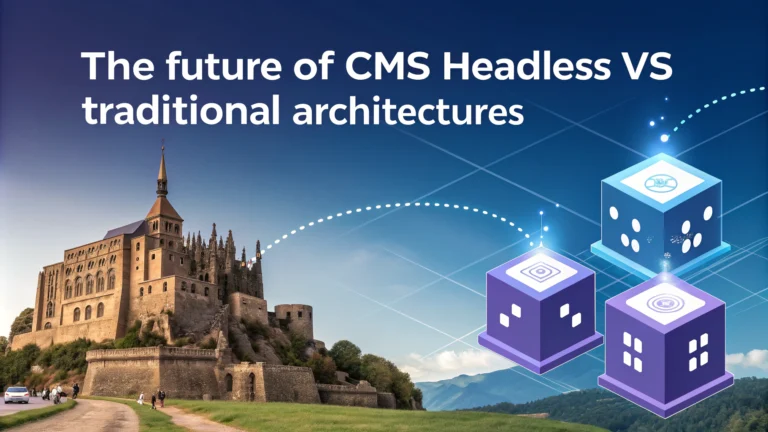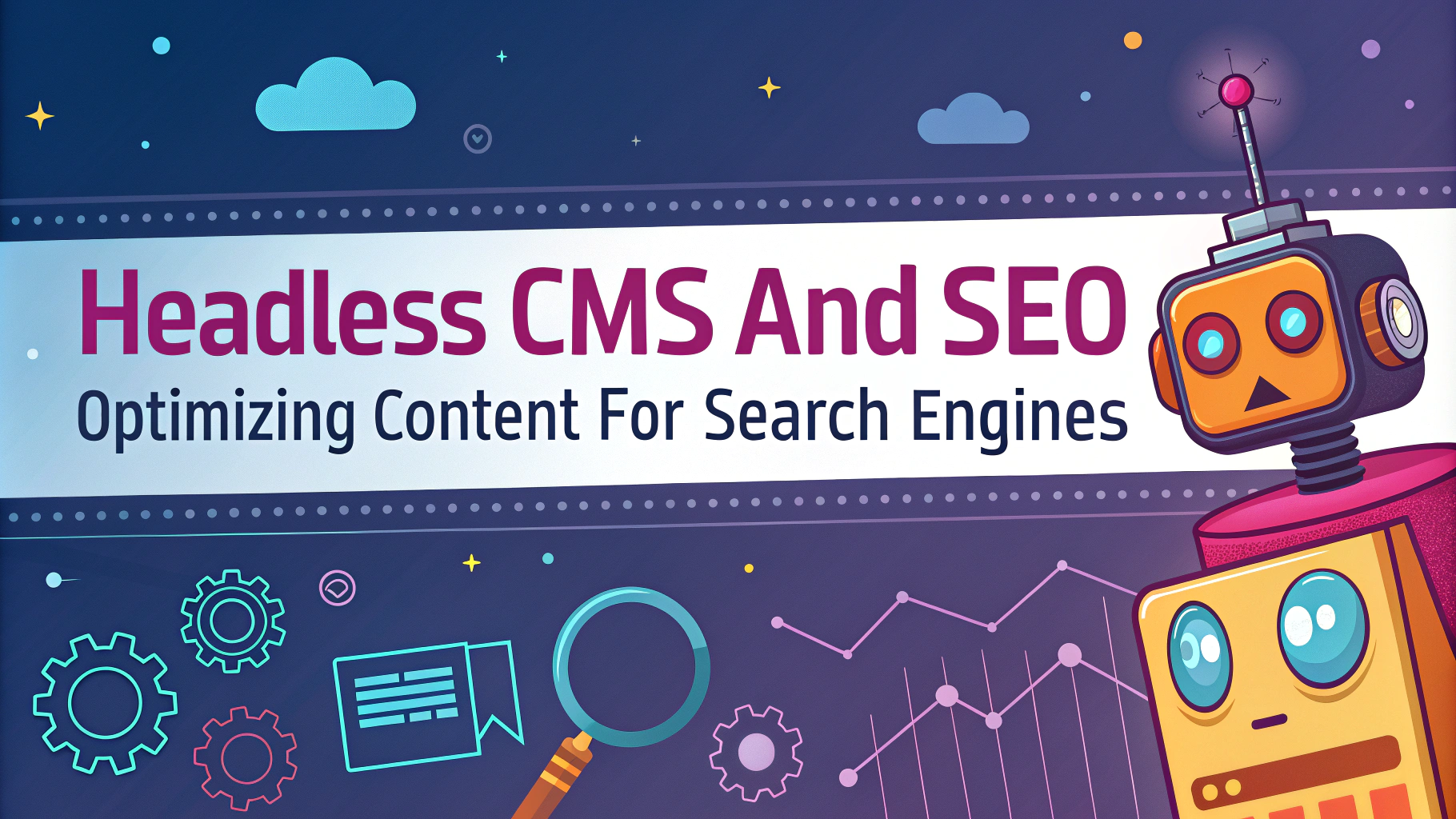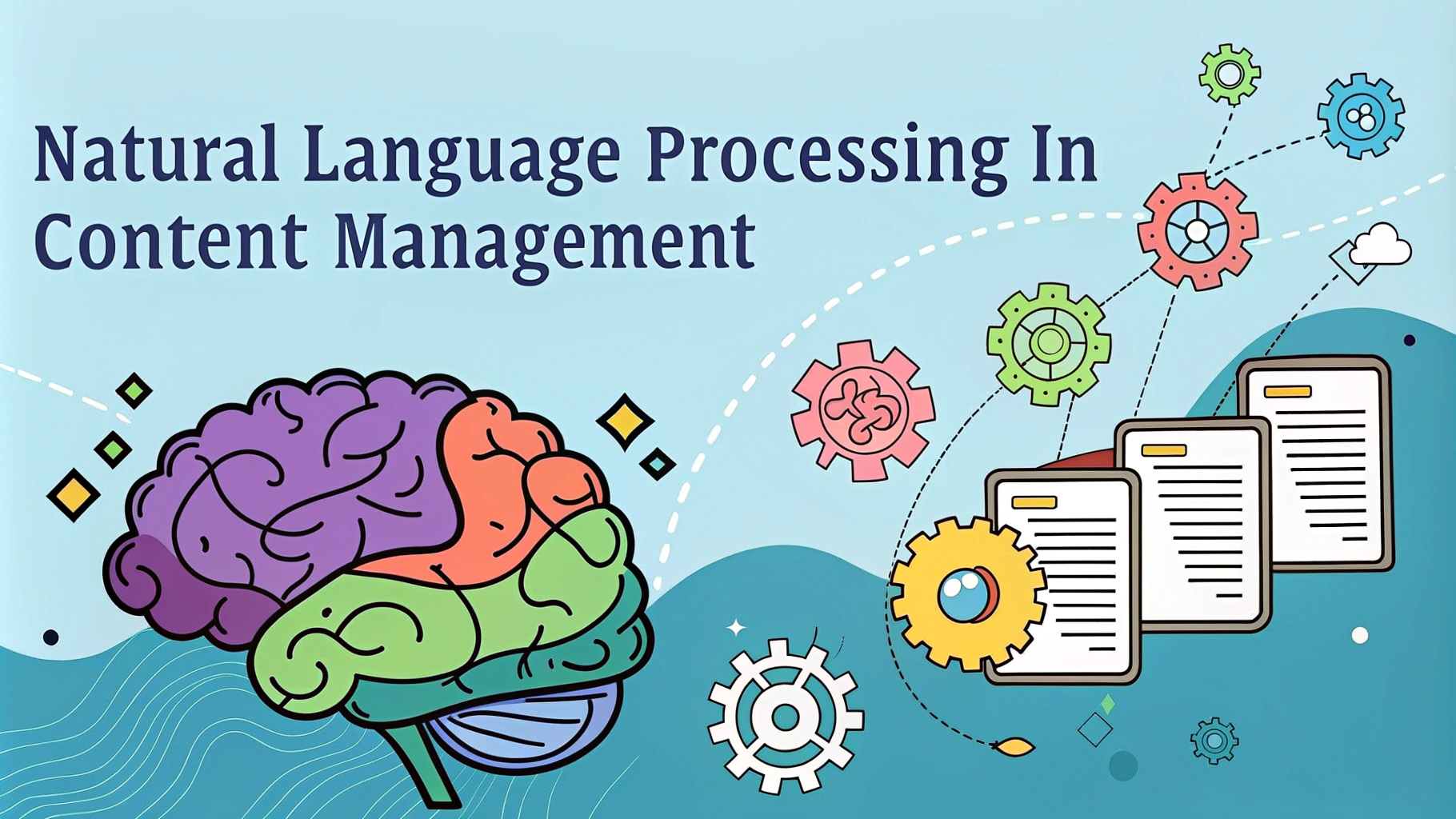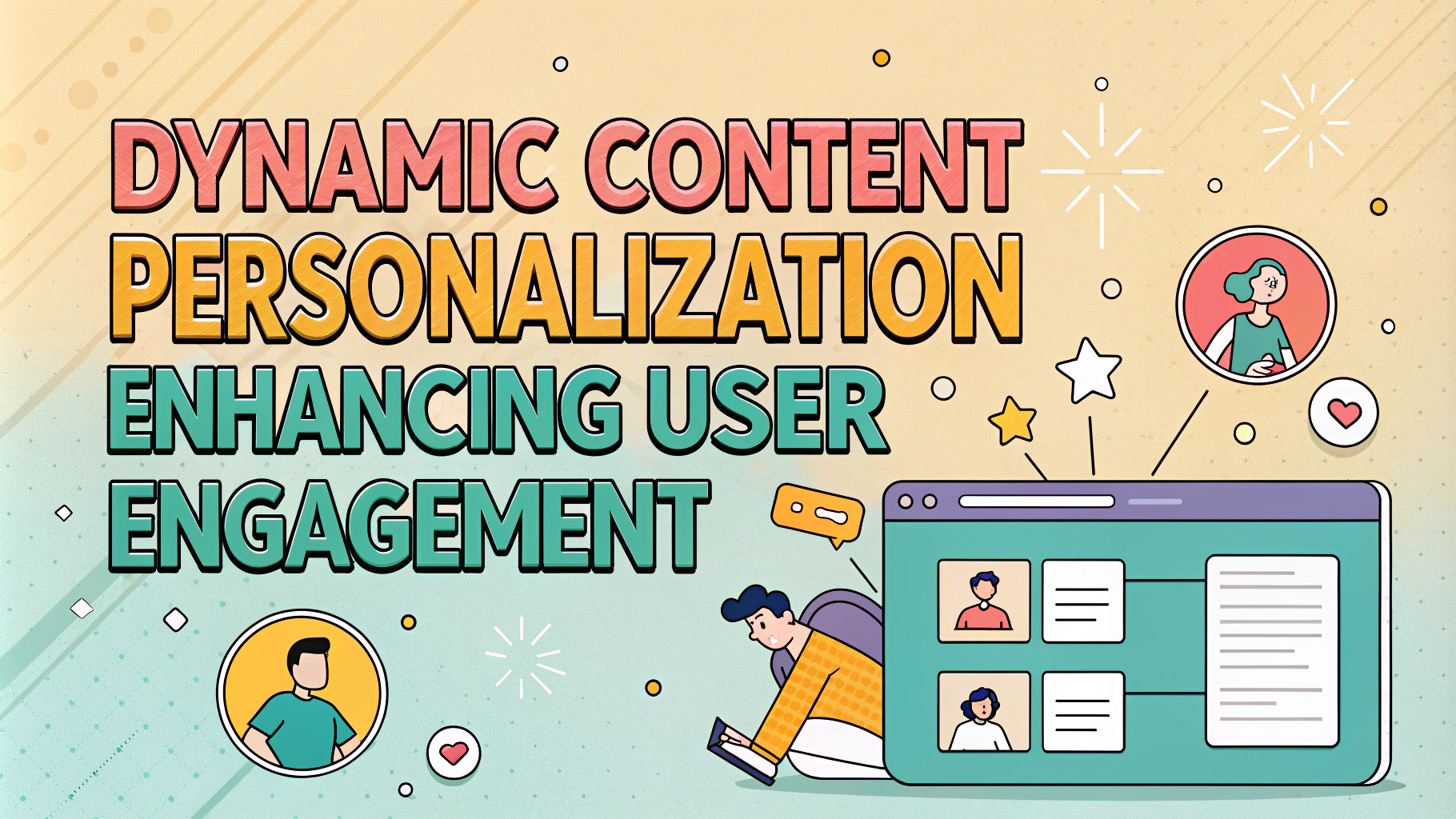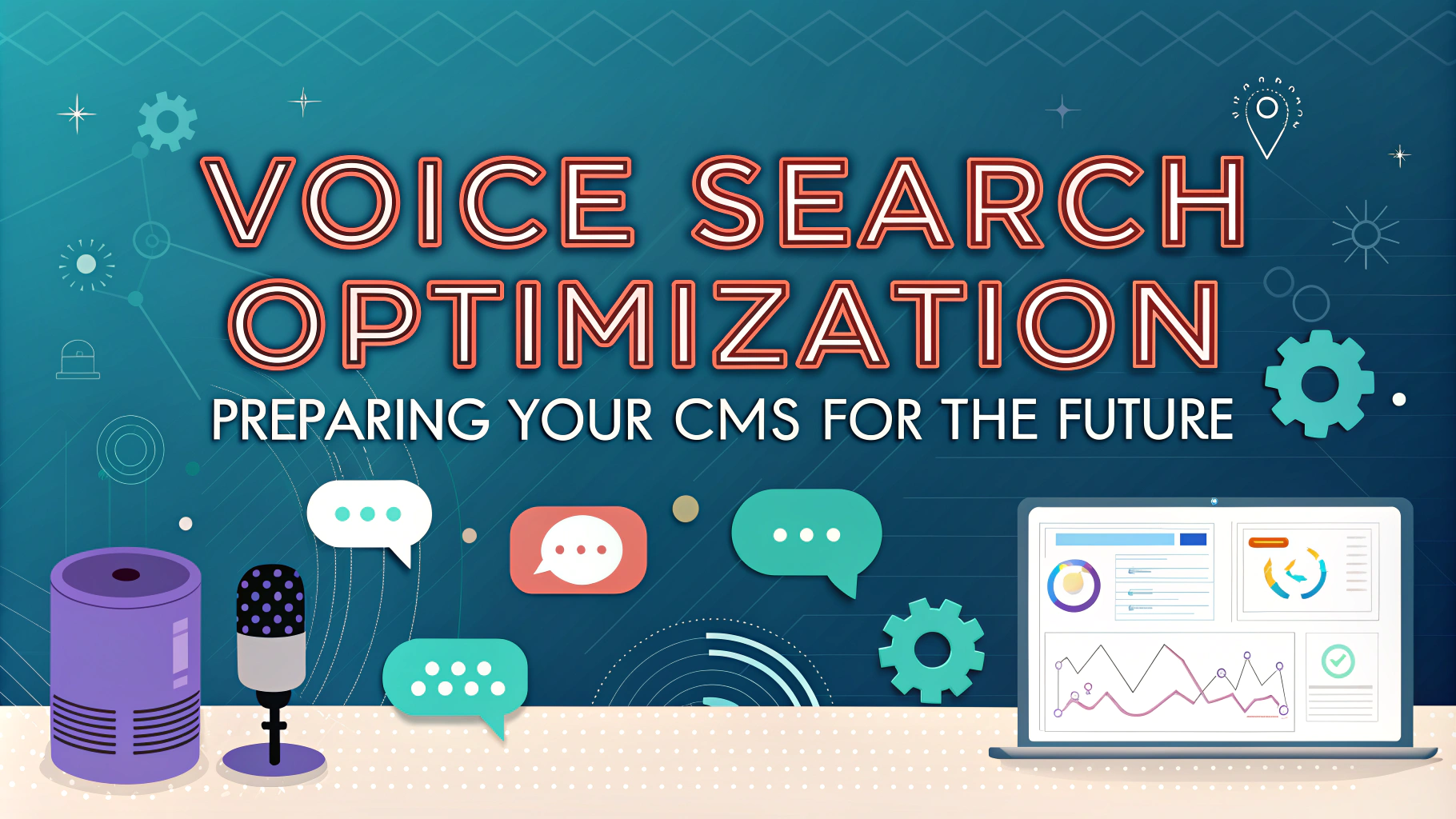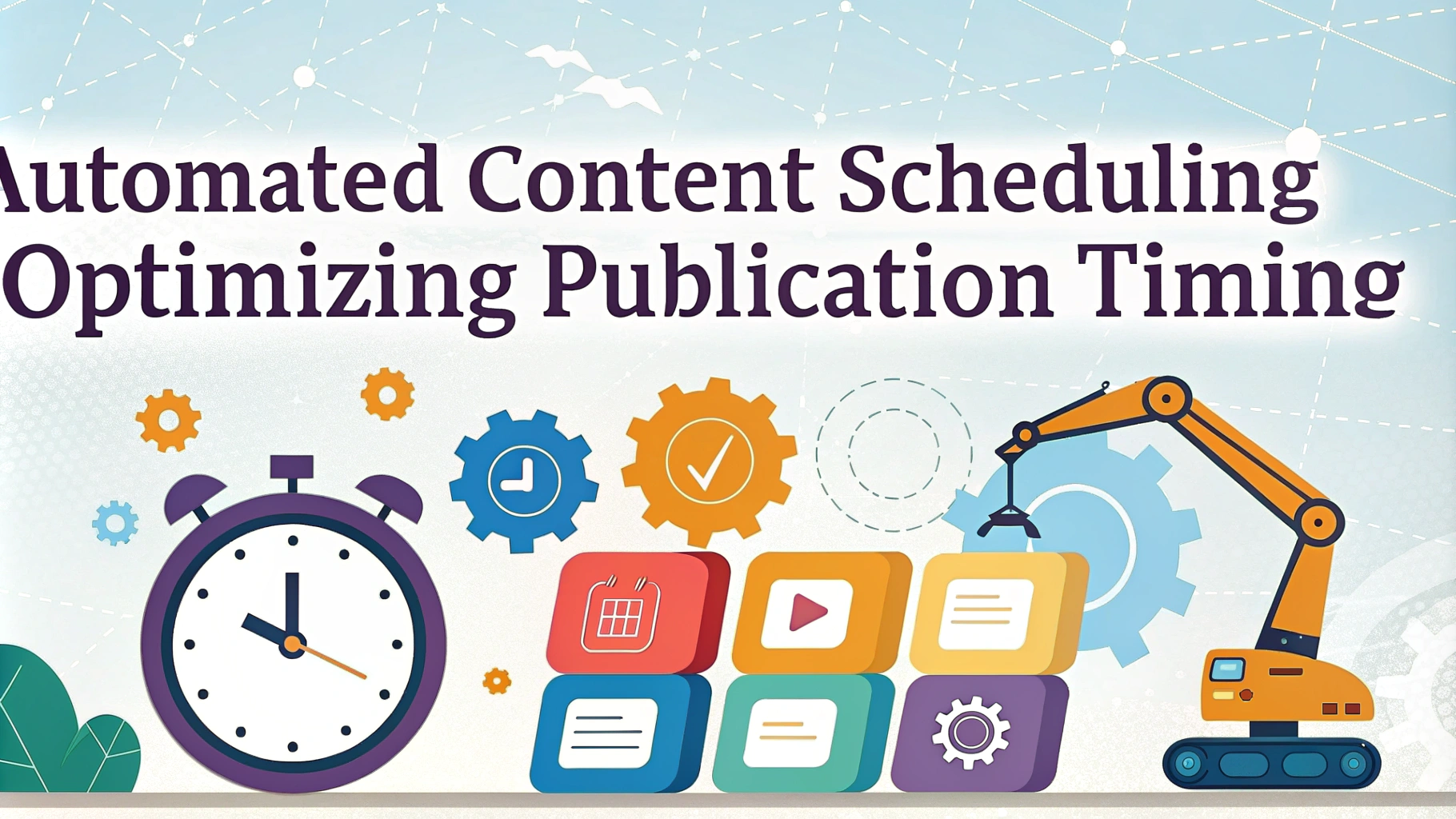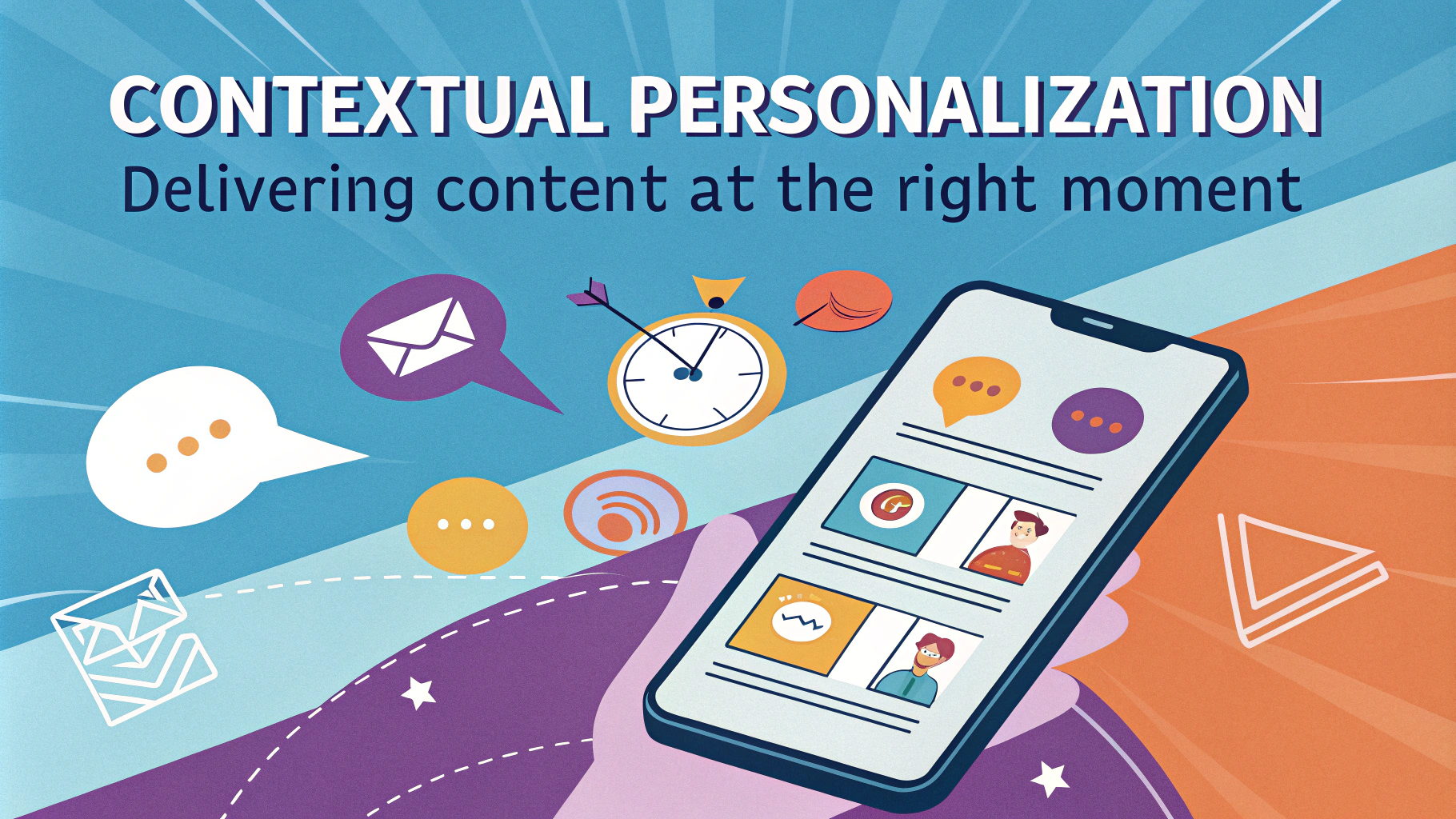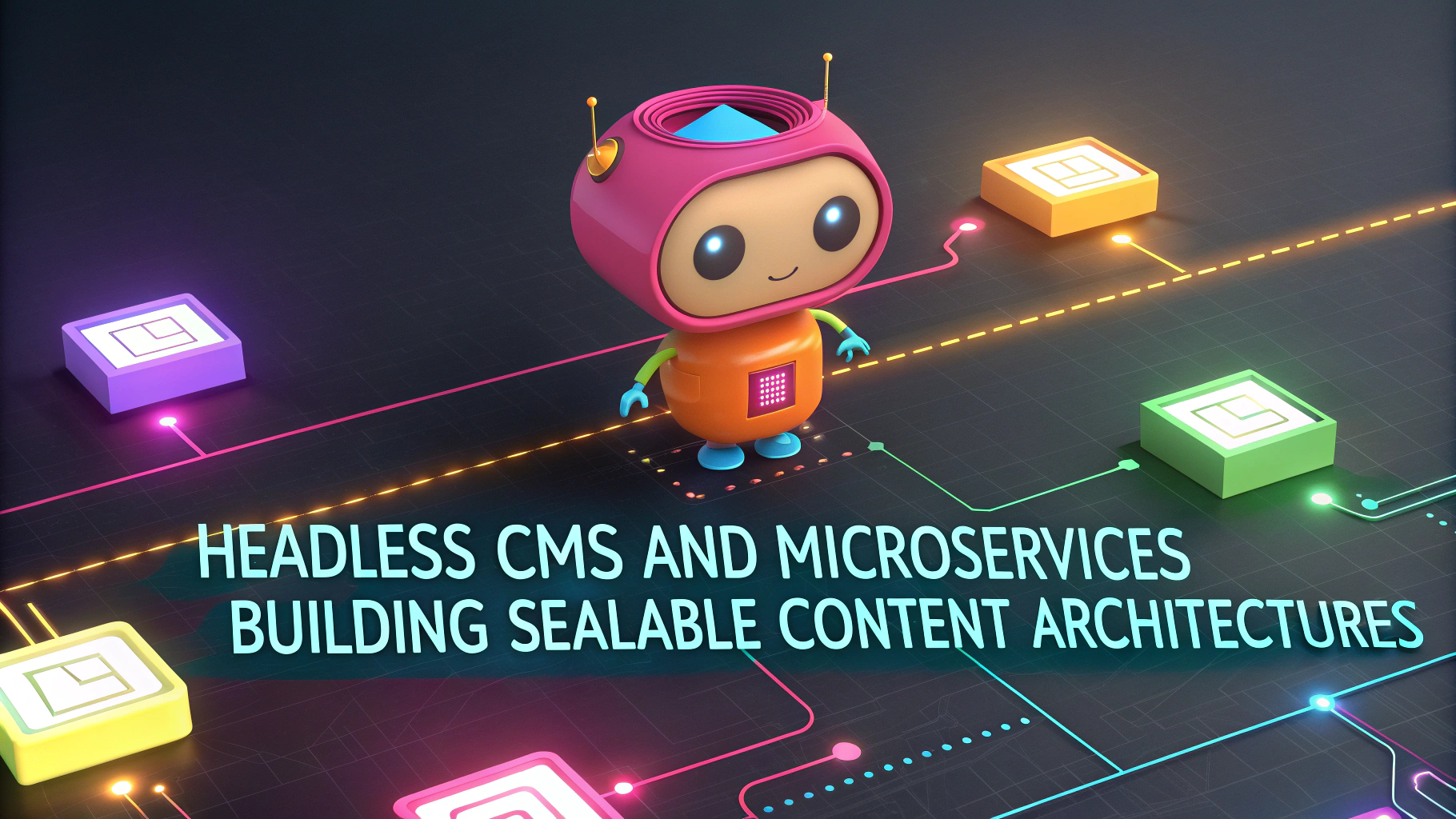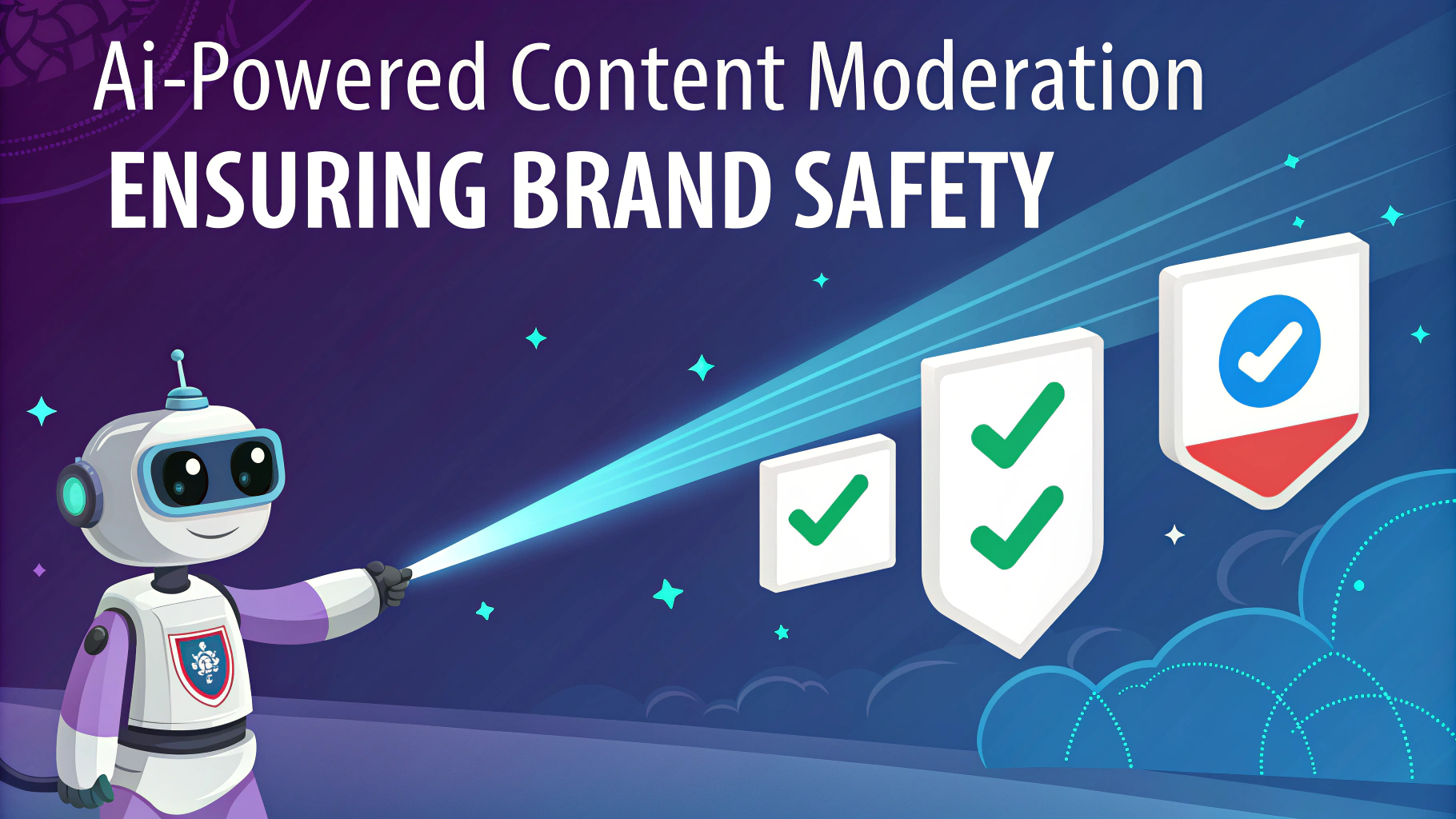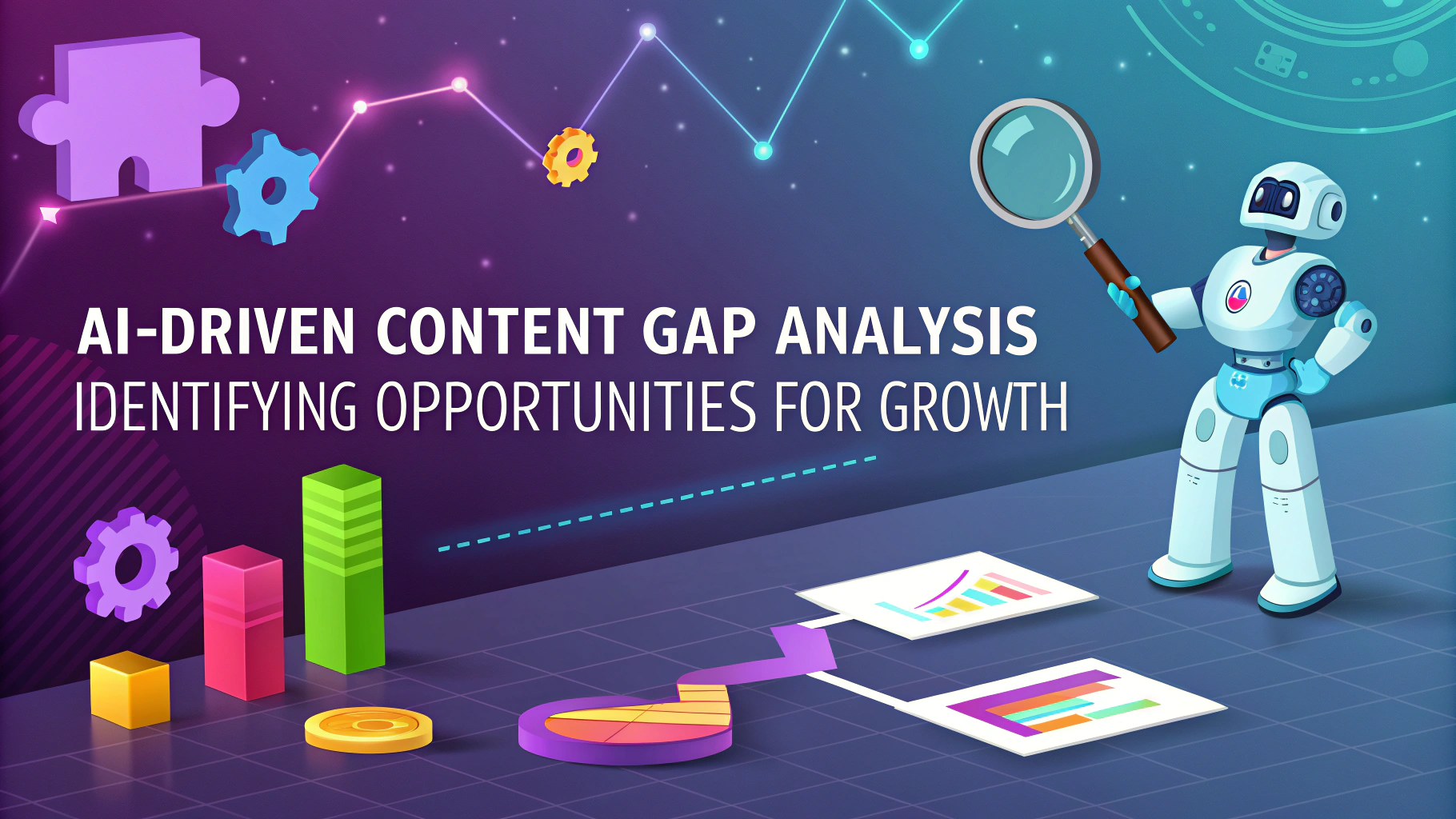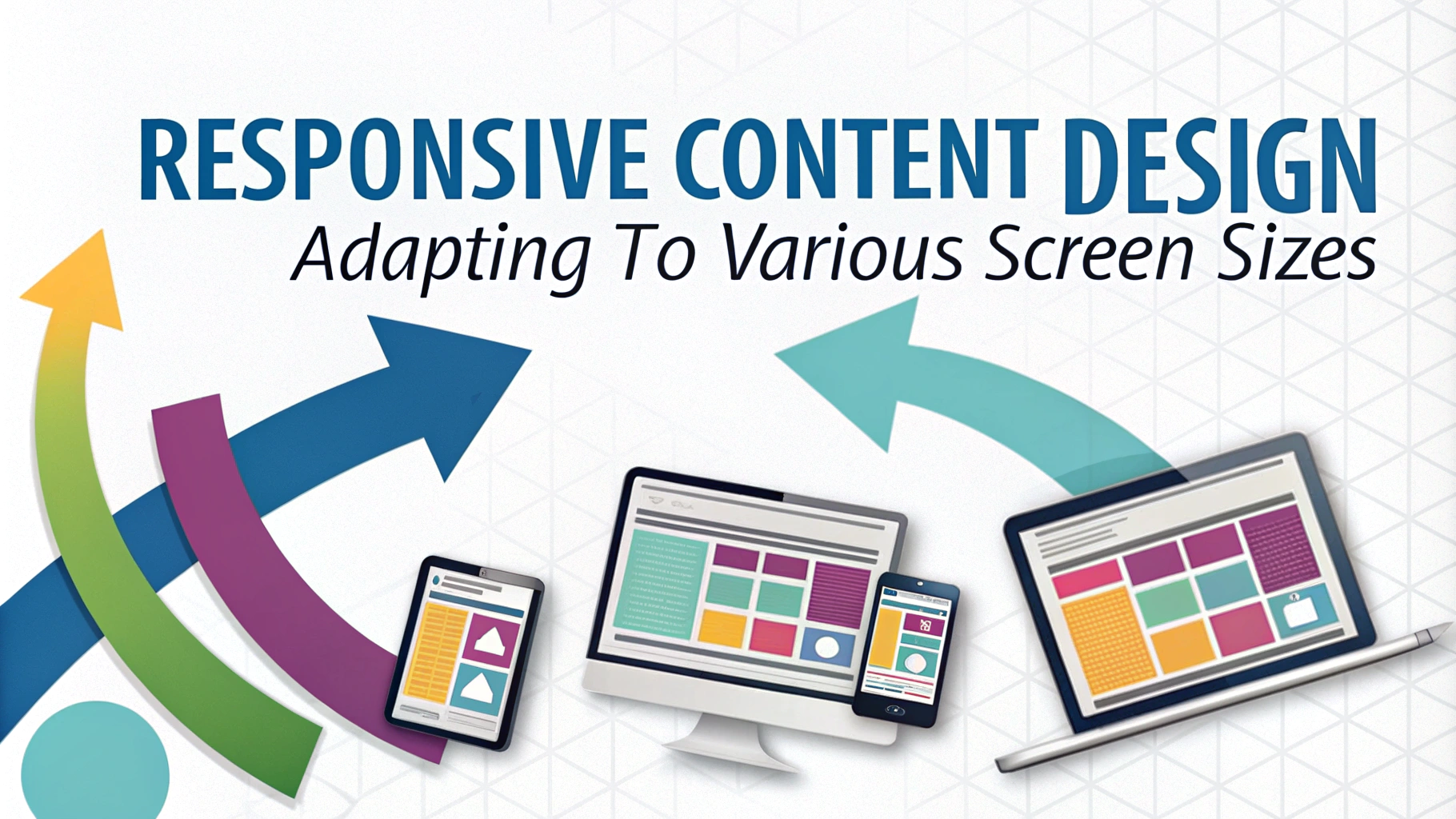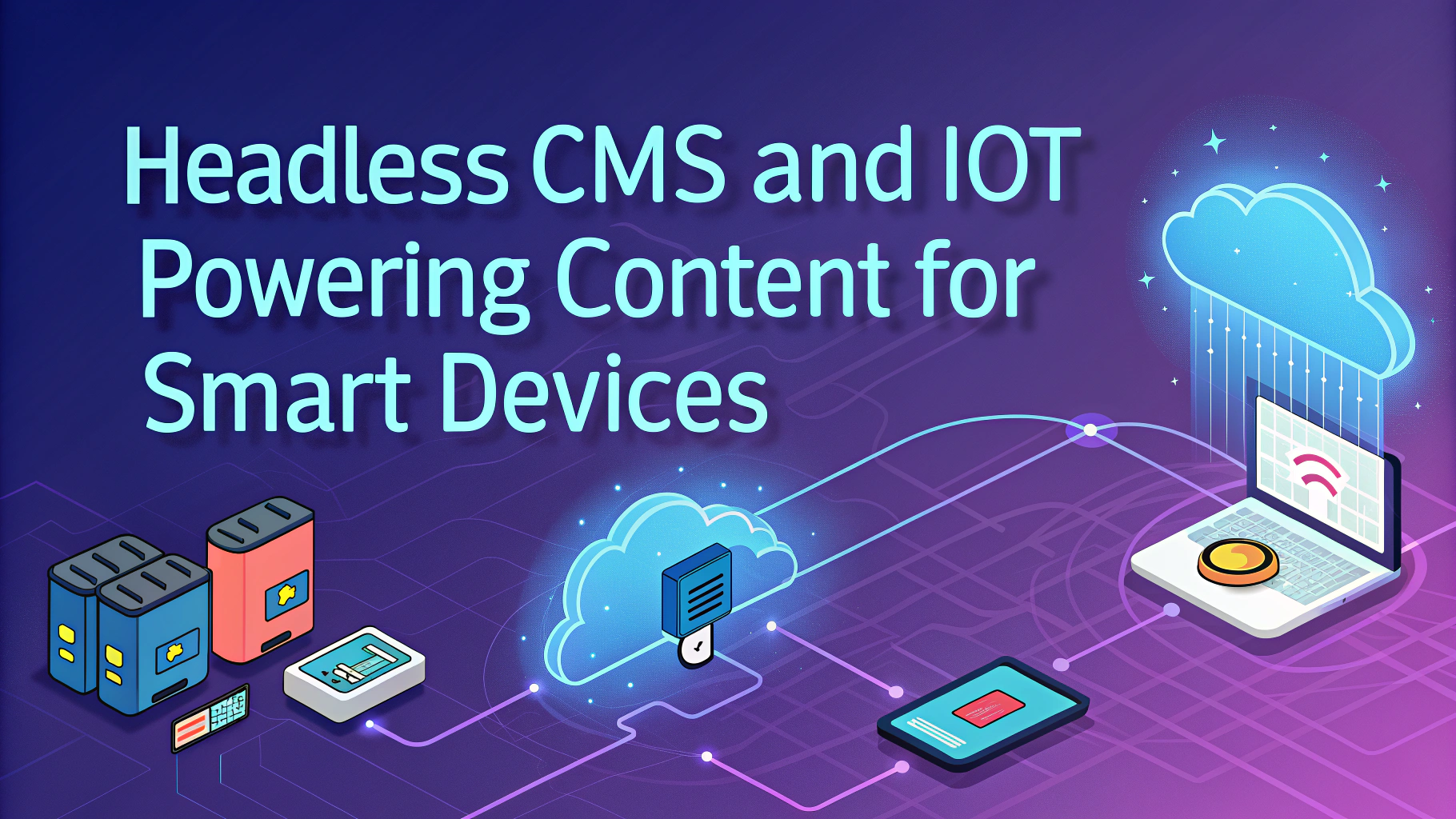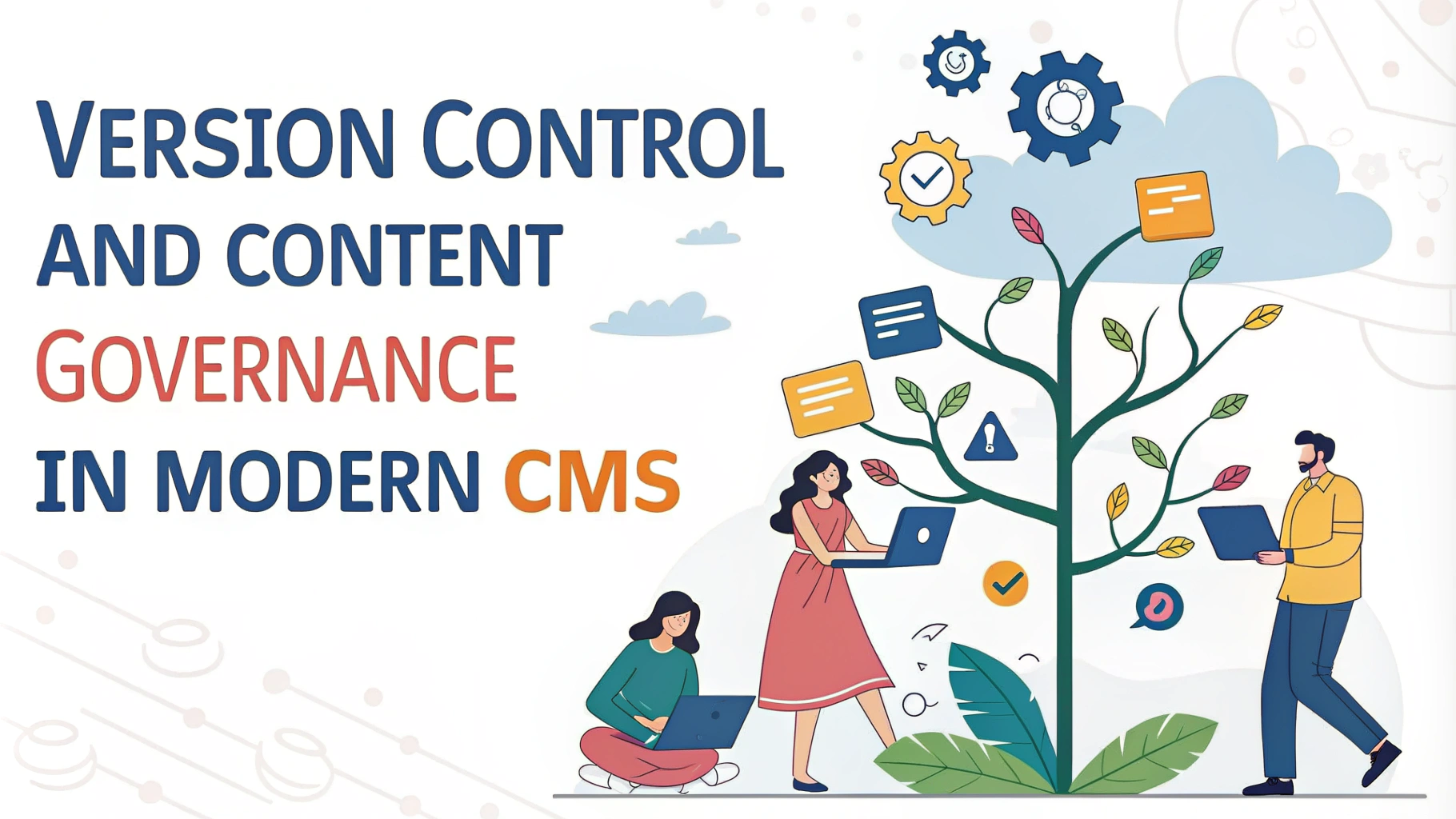Content management systems (CMS) are evolving rapidly. The traditional CMS architecture that dominated for years is now facing competition from a new approach: headless CMS. This shift is reshaping how businesses manage and deliver content across various platforms.
This article explores the key differences between headless and traditional CMS architectures. We’ll examine their strengths, weaknesses, and ideal use cases to help you make an informed decision for your content strategy.
Understanding Traditional CMS Architecture
Traditional CMS platforms, like WordPress or Drupal, combine content management and content delivery in a single system. They typically include:
- A backend for content creation and management
- A database for content storage
- A frontend templating system for content display
Pros of Traditional CMS:
- All-in-one solution
- User-friendly interface for non-technical users
- Wide range of plugins and themes available
Cons of Traditional CMS:
- Limited flexibility in content delivery
- Potential performance issues with complex sites
- Challenges in scaling and adapting to new technologies
Exploring Headless CMS Architecture
A headless CMS decouples content management from content delivery. It focuses solely on content creation and storage, delivering content via APIs. Key features include:
- Content-as-a-Service (CaaS) model
- API-first approach for content delivery
- Separation of backend and frontend concerns
Pros of Headless CMS:
- Flexibility in content delivery across multiple channels
- Improved performance and scalability
- Better support for modern development frameworks
Cons of Headless CMS:
- Steeper learning curve for non-technical users
- Requires more initial setup and development
- Potentially higher costs for custom frontend development
Key Differences: Headless vs. Traditional CMS
| Feature | Traditional CMS | Headless CMS |
|---|---|---|
| Content Delivery | Coupled with frontend | API-driven, decoupled |
| Frontend Flexibility | Limited to built-in templates | Any frontend technology |
| Multichannel Publishing | Challenging | Native support |
| Developer Experience | Platform-specific | Framework-agnostic |
| Content Reusability | Limited | High |
This comparison highlights the fundamental differences in architecture and capabilities between traditional and headless CMS platforms. Understanding these distinctions is key to choosing the right solution for your content needs.
Maximizing Headless CMS Benefits
Headless CMS offers powerful advantages, but proper implementation is key. Here are strategies to maximize its benefits:
- API-first approach: Design your content structure with APIs in mind
- Content modeling: Create flexible, reusable content types
- Frontend frameworks: Choose technologies that align with your team’s skills
- Performance optimization: Leverage CDNs and caching strategies
By focusing on these areas, you’ll create a scalable, efficient content ecosystem.
Overcoming Headless CMS Challenges
While powerful, headless CMS comes with its own set of challenges. Address these common issues:
- Learning curve: Invest in training for content teams
- Preview functionality: Implement robust preview solutions
- SEO considerations: Ensure proper metadata and URL structure
- Integration complexity: Plan for seamless third-party tool integration
Proactively tackling these challenges ensures a smoother transition and operation.
Choosing the Right CMS for Your Needs
Selecting between traditional and headless CMS depends on your specific requirements. Consider these factors:
| Factor | Traditional CMS | Headless CMS |
|---|---|---|
| Content complexity | Simple to moderate | Moderate to complex |
| Delivery channels | Primarily web | Multiple (web, mobile, IoT) |
| Development resources | Limited | Strong |
| Scalability needs | Moderate | High |
Assess your project’s needs against these criteria to make an informed decision.
Future Trends in Content Management Systems
The CMS landscape continues to evolve. Keep an eye on these emerging trends:
- AI-powered content creation and personalization
- Serverless architectures for improved scalability
- Enhanced collaboration tools for distributed teams
- Improved analytics for content performance tracking
Staying informed about these trends helps you future-proof your content strategy.
Conclusion
The choice between traditional and headless CMS impacts your content strategy and digital presence. Traditional CMS offers simplicity and ease of use, while headless CMS provides flexibility and scalability.
Evaluate your needs, resources, and future goals to make the best decision. Remember, the right CMS empowers your team to create, manage, and deliver content effectively across all platforms.
As content management evolves, stay adaptable and open to new technologies. This approach ensures your content strategy remains effective in the ever-changing digital landscape.

